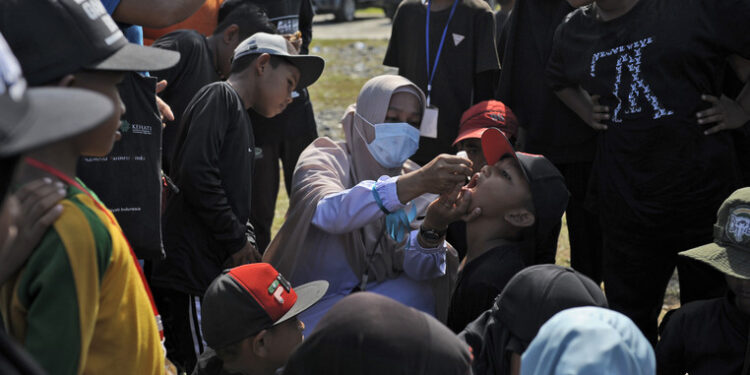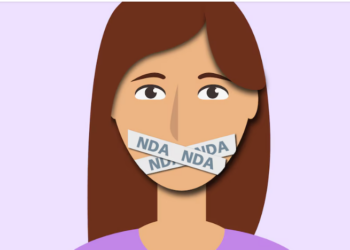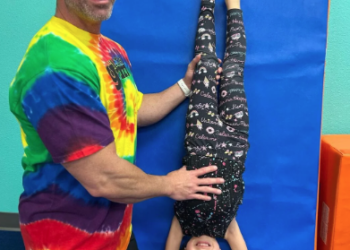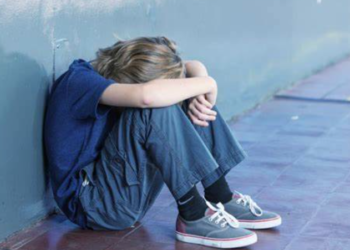The unprecedented drop in non-Covid vaccination rates during the pandemic was worse in lower-middle-income countries than in the world’s most impoverished ones, according to data from the World Health Organization.
That counterintuitive finding seems to have a simple explanation: Unlike low-income countries, lower-middle-income countries don’t receive help from Gavi, the international vaccine alliance supported by governments and nongovernmental organizations such as the Bill & Melinda Gates Foundation.
In lower-middle-income countries, basic vaccine coverage declined by an average of 12 percent, according to the WHO data, while Gavi-supported countries — those with per capita annual income below $1,660 — saw an average decline of 5 percent.
A Centers for Disease Control and Prevention analysis found that middle-income countries also saw steeper declines in basic vaccine coverage than Gavi-supported countries.
Gavi’s records show the decline in vaccination rates was shorter-lived in some countries and didn’t include all vaccinations.
Of the 57 low-income countries that Gavi supports, 19 increased vaccine coverage in 2021.
And coverage for some specific immunizations, including the rotavirus vaccine series, the second dose for measles and the pneumococcal conjugate vaccines, increased in low-income countries.
The vaccine alliance has announced the launch of a program to mitigate vaccine backsliding in middle-income countries. Angola, Bolivia, Honduras and Indonesia will be the first to receive the new assistance.









